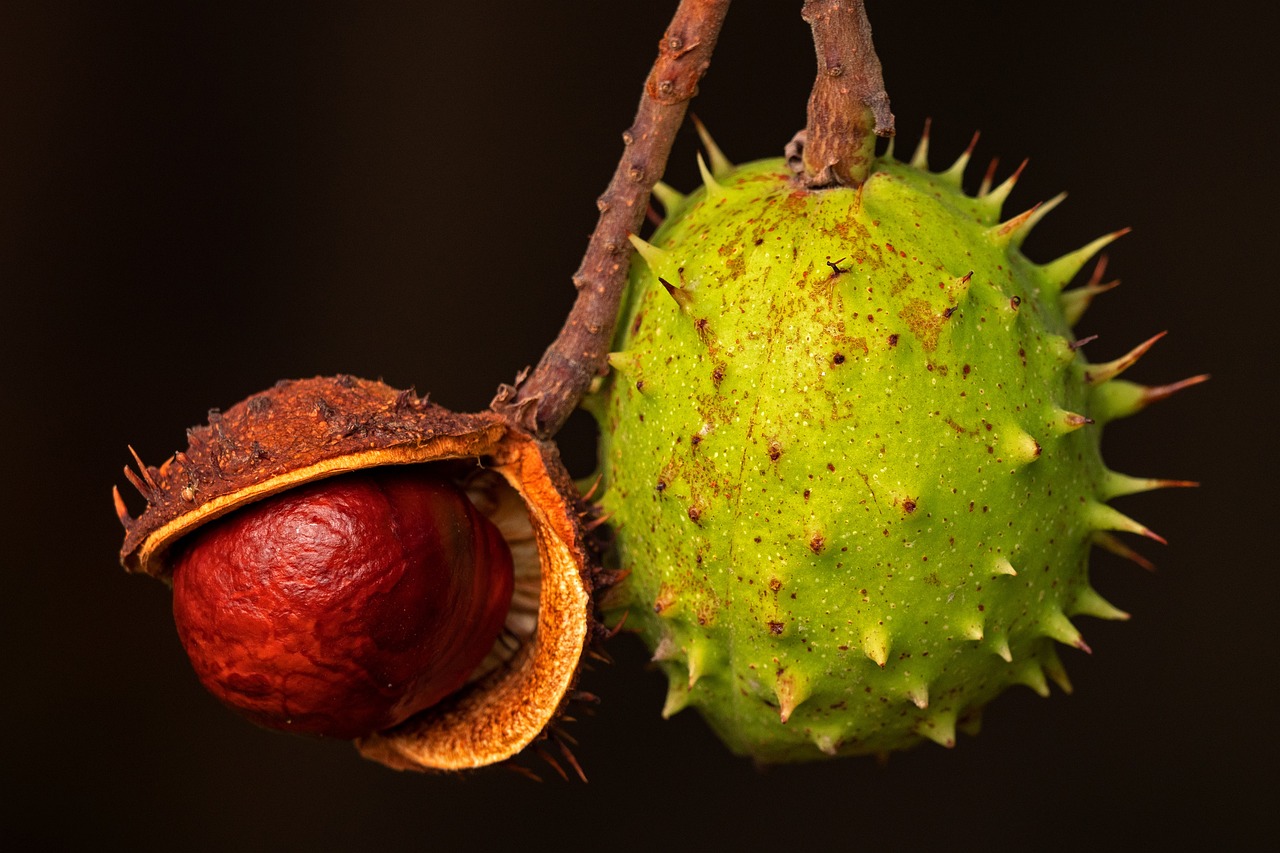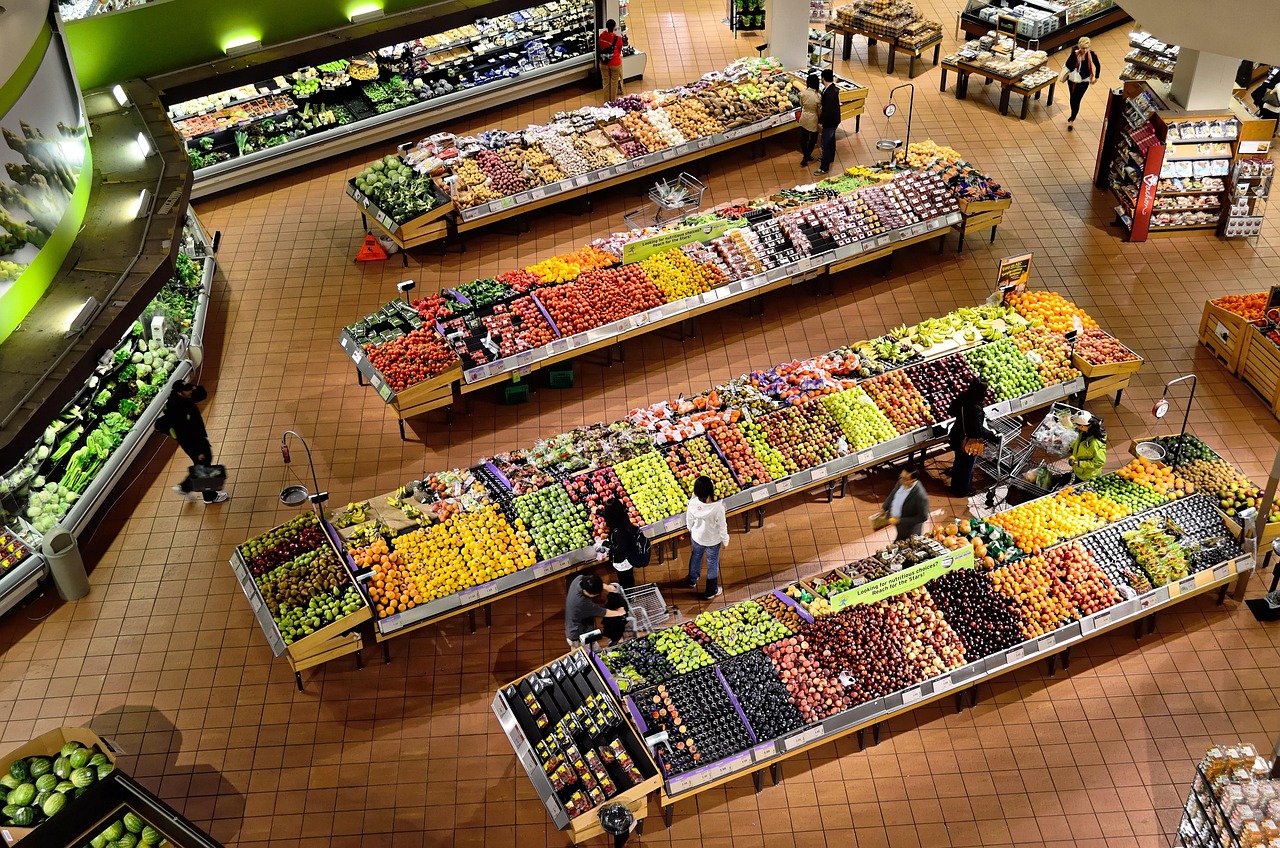
The Rise of Luxury Fruit
The emergence of luxury fruit, exemplified by Oishii’s Omakase strawberries, signifies a unique niche in the agricultural market that appeals to affluent consumers. Priced at approximately $19 for six strawberries, this premium offering is approximately three times the cost of standard strawberries found in mainstream retailers like Walmart. This trend reflects a broader willingness among consumers to invest in high-quality, artisanal products, especially those that promise superior taste and aesthetic appeal.
Consumer Behavior Insights
Data indicates that high-income households are increasingly prioritizing quality over quantity when it comes to food purchases. According to a 2024 survey conducted by the Food Marketing Institute, 64 percent of consumers in the upper-income bracket expressed a preference for gourmet or specialty food items, even at a higher price point. This change in consumer behavior is driving the luxury fruit market, where products like the Omakase strawberries are marketed not just as food but as an experience.

Marketing Strategies for Luxury Produce
Companies like Oishii are leveraging sophisticated marketing strategies to elevate their products beyond mere commodities. By emphasizing the unique growing conditions, meticulous harvesting processes, and exclusive varieties, they position their offerings as luxury items. Oishii’s strawberries are cultivated in controlled environments that mimic Japanese growing conditions, which enhances their sweetness and texture. This marketing approach is supported by the fact that the luxury fruit market is projected to grow at a compound annual growth rate of 7.4 percent from 2023 to 2028, according to a report by Market Research Future.
Economic Implications of Luxury Fruit
Investing in luxury fruit presents a compelling opportunity for stakeholders in the agricultural sector. As consumer demand shifts towards premium products, farmers and producers can benefit from higher profit margins. For instance, Oishii reports that its Omakase strawberries yield a profit margin that is significantly higher than traditional strawberry farming, estimated at around 40 percent compared to the industry average of 12 percent. This profitability incentivizes more growers to explore high-end fruit cultivation, potentially leading to increased competition and innovation in the market.

Challenges in the Luxury Fruit Market
Despite the burgeoning opportunities, the luxury fruit market faces several challenges. The primary concern is ensuring consistent quality and supply to meet growing demand. Seasonal variations and the intricacies of specialized farming techniques can lead to fluctuations in availability. Furthermore, the sustainability of luxury farming practices must be addressed. As consumers become more environmentally conscious, producers will need to adopt sustainable practices to maintain market share.

Future Outlook for Luxury Fruit
The luxury fruit segment is poised for continued growth as consumer preferences evolve. With the rise of social media and the influencer culture, products like Oishii’s Omakase strawberries are likely to gain even more visibility. As of 2025, the trend indicates that consumers are willing to pay a premium for distinctive, high-quality food experiences. Investors and stakeholders in the agricultural sector should monitor this market closely, as it represents a significant opportunity for innovation and profit in an increasingly discerning consumer landscape.
